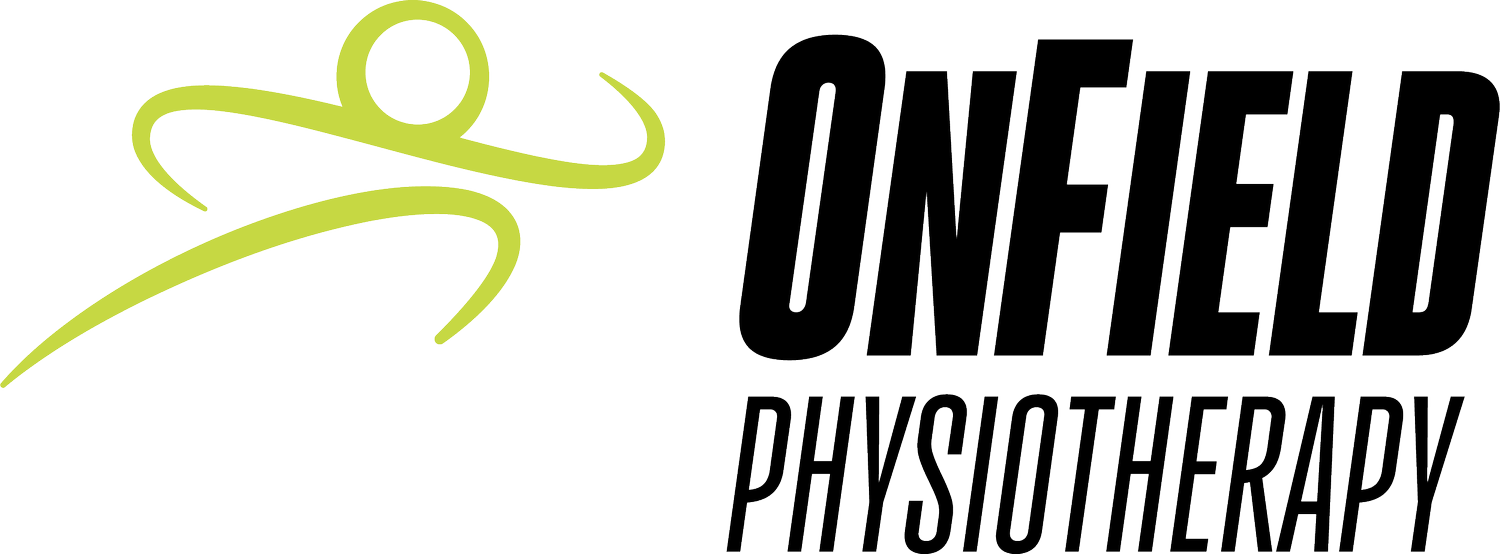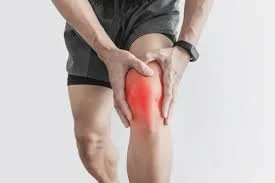Understanding Patella-Femoral Pain (PFP)
Written by Sam O’Neill
Understanding Patellofemoral Pain (PFP) and How to Treat Knee Pain Effectively
Patellofemoral pain (PFP), often referred to as anterior knee pain, is one of the most common musculoskeletal injuries treated by physiotherapists. It typically manifests around the kneecap and is often caused by issues with how the kneecap moves within its groove. This condition can arise from various factors, including overuse, muscle imbalances, or trauma to the knee or surrounding muscles. The good news is that PFP treatment is highly effective, especially with the right approach to rehabilitation and strengthening exercises.
Common Causes of Patellofemoral Pain (PFP)
While patellofemoral pain can stem from several causes, the most frequent trigger is a sudden increase in training load. Athletes, particularly younger athletes, can be particularly prone to this condition. When you suddenly increase your exercise intensity, the knee joint can become overloaded, leading to pain and discomfort.
In addition to training overload, two other common causes of PFP are:
Imbalance in Quadriceps Strength
The quadriceps (the muscles at the front of the thigh) are directly responsible for controlling knee movement. If these muscles are weak, it can lead to poor kneecap tracking and increased irritation.Weakness in the Glutes and Hips
The glute muscles play a critical role in controlling your knee’s alignment. Weakness in the glutes can lead to a condition called dynamic valgus, where the knee rolls inward, placing stress on the kneecap.
How Physiotherapy Can Help Treat Patellofemoral Pain (PFP)
Effective treatment for patellofemoral pain (PFP) typically involves a combination of strengthening exercises and manual therapy. Our experienced physiotherapists focus on:
Assessing Muscle Imbalances: We thoroughly evaluate your hip, glute, and quadriceps strength to pinpoint areas of weakness.
Rehabilitation Exercises: Specific glute strengthening exercises and quadriceps strengthening exercises can improve muscle coordination and support optimal knee movement.
Hands-on Techniques: In addition to exercises, we may use therapies like massage, dry needling, and knee taping to alleviate pain and promote recovery.
The Importance of Exercise in PFP Recovery
Exercise is the cornerstone of patellofemoral pain rehabilitation. Strengthening key muscle groups, particularly the glutes and quadriceps, is essential for restoring proper knee function. Your physiotherapist will design a personalised exercise program to help you rebuild strength and control around your knee and hip.
Get Back to Doing What You Love with PFP Treatment
If you’re dealing with knee pain and suspect it may be patellofemoral pain, we’re here to help you recover and return to your activities with confidence. Our physiotherapists specialise in PFP rehabilitation and can provide the personalised care you need to manage and overcome knee pain.
Don’t let knee pain hold you back—call us today or book your appointment online through the link at the top of this page. We look forward to helping you get back on track!

